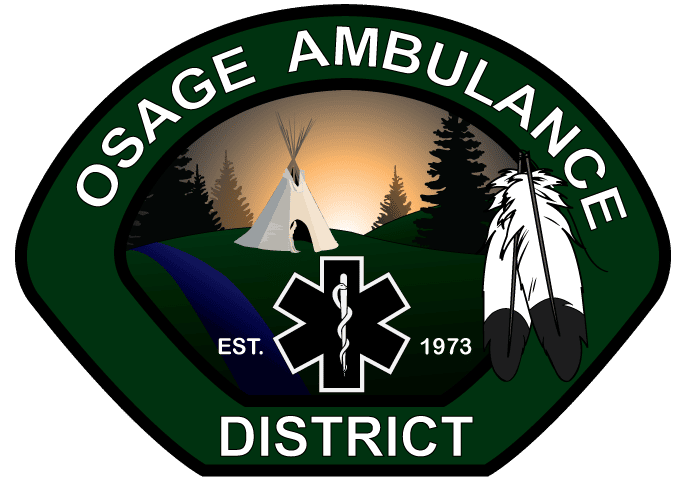- Emergency Medical Responder (EMR)
- Emergency Medical Technician (EMT)
- Advanced EMT (AEMT)
- Paramedic.
EMTs and Paramedics work both indoors and outdoors and in all types of weather. This occupation, including the clinical and field training, is physically strenuous, requiring considerable kneeling, bending, stairclimbing, and lifting while caring for patients. There may also be exposure to contagious diseases, mentally unstable or combative patients, and potentially dangerous environments. Classroom and lab activities may include prolonged sitting or standing, squatting, lifting, and manipulating small objects, requiring manual dexterity. Students have close physical contact with other students and patients during their training. The ability to verbally communicate and hear is necessary for assessment skills and communication with patients and healthcare workers.
No, there is no charge for services when a patient is not transported to a medical facility. However, in the event that air medical transport by a helicopter is utilized, a charge for services is applied to recoup the cost of equipment utilized in the care of a patient prior to air ambulance arrival.
Osage Ambulance District is very willing to make payment arrangements with any party faced with an outstanding bill. Patients, their families or representatives are able to contact the billing office during regular business hours from 8:00 a.m. to 4:30 p.m., Monday through Friday. The District strives to aid patients and families by accepting modest payments on a monthly basis. This enables all involved to successfully handle the unexpected burden an injury or illness can create. It is our goal to work with all of the patients we serve and avoid the need for advanced debt collection.
Osage Ambulance District makes every effort to take patients to a hospital of their choice. However, in the instance of a life-threatening emergency, the closest and most appropriate hospital may be necessary for stabilization. Or, in some situations, a specialized treatment may only be available at a certain facility. There are also occasions when a hospital may be unable to accept patients due to overcrowding.
The EMS system is in place to assure that you receive emergency medical assistance at any location, quickly and efficiently. It is not a good idea to be driving around in an emergency situation possibly endangering your own life or the lives of others. In an emergency, simply call 911 and let the system work for you. Appropriate emergency response unit(s) will be dispatched to your location immediately.
Initial EMS training begins at the Emergency Medical Technician (EMT) level. Once licensed by the State of Missouri as an EMT, you may then proceed to the Paramedic Level of training. The EMT level of training is where emergency medical “basics” are learned, applied and practiced. An EMT can administer oxygen and secure a patient airway, and defibrillate (“shock”) using an A.E.D. (automated external defibrillator).
“Ambulance” is printed backwards on the front of an ambulance so that when approaching a vehicle from behind, drivers see the word “AMBULANCE” in their mirror in the correct form.
EMTs and Paramedics are licensed by the State of Missouri. Both EMTs and Paramedics must complete 144 hours of CEUs (continuing education credits) every five years. An EMT-P must complete 196 hours of CEUs every five years. In addition, EMT-Ps must maintain CPR and Advanced Cardiac Life Support (ACLS) certifications every year and every two years respectively. Osage Ambulance District strives to ensure that our staff accomplishes these requirements by utilizing a training program that allows personnel to attend courses required for relicensure.
The ambulances are equipped similar to that of an emergency room with advanced life support medications and equipment. Each ambulance is also equipped to treat both adult and pediatric patients for trauma and medical emergencies.
ALS stands for Advanced Life Support. In the event of a medical emergency, advanced airway, intravenous access, and medications may be utilized.

